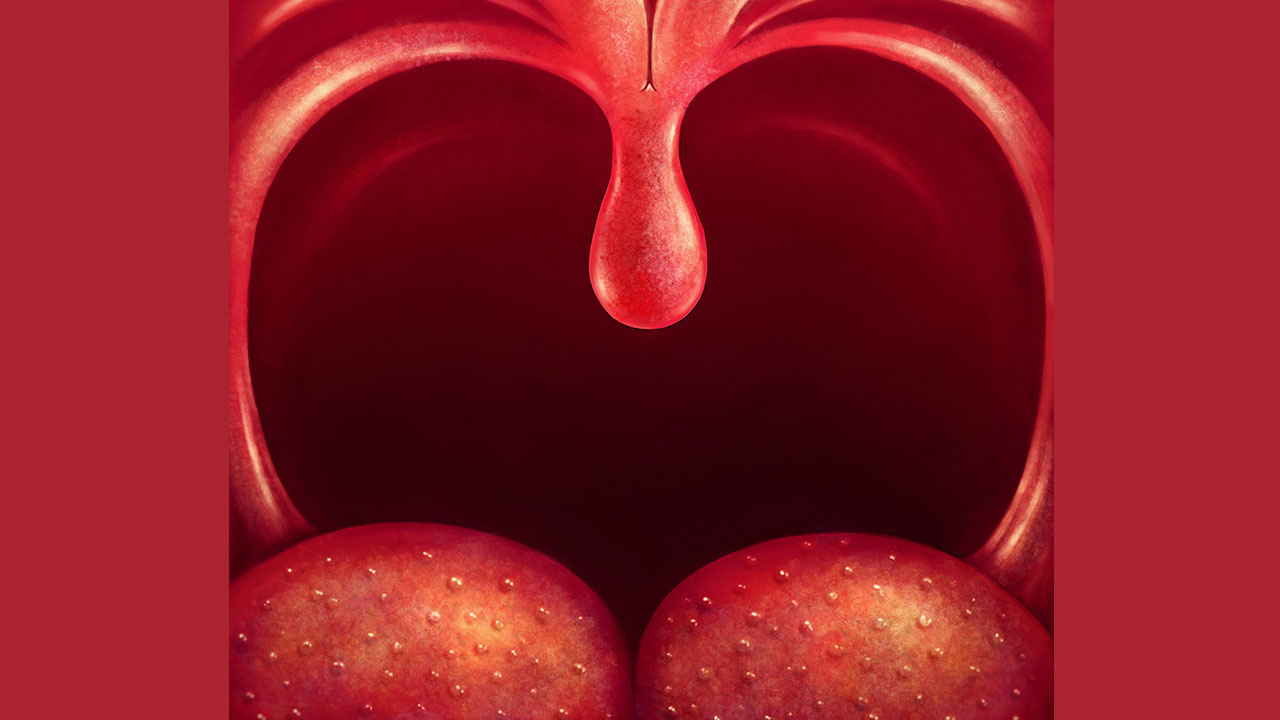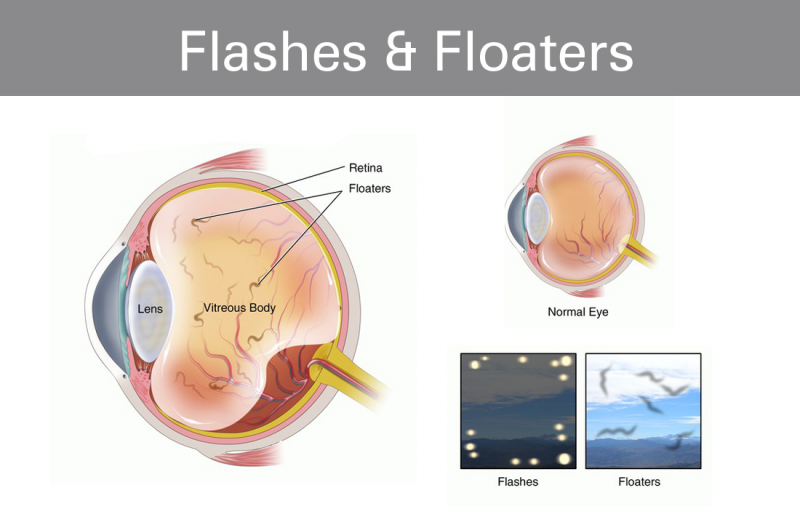The Hidden Role of Uvula in Sleep Apnea - Causes and Treatments

Understanding Uvula and Sleep Apnea
The uvula, a small, soft tissue hanging at the back of the throat, plays a vital role in our body. While its primary functions are swallowing and speech, research has revealed a hidden connection between the uvula and sleep apnea. In this section, we will delve into the relationship between the uvula and sleep apnea, exploring the causes and treatments for this sleep disorder.
The Uvula's Role in Swallowing and Speech
The uvula is a tiny, bell-shaped piece of tissue that hangs from the soft palate at the back of the throat. During swallowing, the uvula moves upwards to prevent food and liquids from entering the nasal cavity. Additionally, it helps modulate speech sounds, particularly the "ah" and "oo" sounds.
Sleep Apnea: A Brief Overview
Sleep apnea is a sleep disorder characterized by pauses in breathing during sleep. These pauses can occur multiple times throughout the night, disrupting normal sleep patterns and leading to daytime fatigue, headaches, and other health issues. There are two main types of sleep apnea: obstructive sleep apnea (OSA) and central sleep apnea (CSA).
The Link Between Uvula and Sleep Apnea
Research has shown that an enlarged or abnormally moving uvula can contribute to sleep apnea. When the uvula is oversized or floppy, it can obstruct the airway, causing pauses in breathing during sleep. This is particularly true for individuals with OSA, where the airway is physically blocked.
Causes of Uvula-Related Sleep Apnea
Several factors can contribute to uvula-related sleep apnea, including:
- Genetic predisposition
- Obesity or weight gain
- Anatomical abnormalities, such as a narrow airway or large tonsils
- Relaxation of the throat muscles during sleep
- Other medical conditions, like hypothyroidism or acromegaly
Treatments for Uvula-Related Sleep Apnea
Treatment options for uvula-related sleep apnea include:
- Uvulopalatopharyngoplasty (UPPP), a surgical procedure to remove excess tissue
- Radiofrequency ablation (RFA), a minimally invasive procedure to shrink excess tissue
- Oral appliances, such as mandibular advancement devices (MADs)
- Lifestyle changes, like weight loss and sleep position modification
- Continuous positive airway pressure (CPAP) therapy
Causes of Uvula-Related Sleep Apnea The uvula, a small, dangling piece of tissue at the back of the throat, plays a crucial role in sleep apnea. While often overlooked, the uvula's condition significantly impacts breathing patterns during sleep. Uvula Elongation or Swelling: A Narrowed Airway
Uvula elongation or swelling
is a primary cause of uvula-related sleep apnea. When the uvula becomes enlarged, it can narrow the airway, obstructing airflow and causing recurring pauses in breathing. This obstruction can lead to reduced oxygen levels, frequent awakenings, and daytime fatigue. Inflammation: Allergies, Infections, and Acid Reflux Inflammation of the uvula can also contribute to sleep apnea.
Allergies, infections, or acid reflux
can cause the uvula to become inflamed, leading to swelling and further narrowing of the airway. Managing underlying conditions is essential to alleviate uvula-related sleep apnea. Genetic Conditions: Uvular Hypertrophy
Genetic conditions, such as uvular hypertrophy
, can also contribute to uvula-related sleep apnea. This rare condition involves an abnormally large uvula, which can obstruct the airway and disrupt breathing patterns. Lifestyle Factors: Obesity and Smoking
Obesity and smoking
can exacerbate uvula-related sleep apnea. Excess weight can cause fat accumulation in the throat, further narrowing the airway, while smoking irritates the throat tissues, including the uvula, leading to inflammation and increased risk of sleep apnea. By understanding the causes of uvula-related sleep apnea, individuals can take proactive steps to mitigate risk factors and seek effective treatments to improve sleep quality and overall well-being.
Symptoms of Uvula-Related Sleep Apnea
Sleep apnea caused by an enlarged or abnormal uvula can manifest through various symptoms that affect daily life and overall well-being. Recognizing these signs is crucial for seeking timely medical intervention. The primary symptoms include:
Common Indicators
- Loud Snoring: One of the most prevalent symptoms, loud snoring occurs when the uvula vibrates excessively during sleep, obstructing airflow and causing the distinctive sound associated with sleep apnea.
- Daytime Fatigue: Frequent interruptions in sleep patterns lead to fragmented sleep, resulting in persistent daytime tiredness, reduced energy levels, and an increased desire to sleep during the day.
- Morning Headaches: Waking up with headaches can be a sign of sleep apnea, as the lack of quality sleep and fluctuations in oxygen levels can lead to morning headaches.
- Difficulty Concentrating: Poor sleep quality affects cognitive functions, leading to difficulties in focusing, memory lapses, and decreased productivity.
Additional Symptoms
Beyond the primary indicators, individuals with uvula-related sleep apnea may also experience:
- Waking up with a sore throat or dry mouth
- Difficulty staying asleep or insomnia
- Mood swings, irritability, or depression
- High blood pressure and cardiovascular issues
It's essential to consult a healthcare professional if you or a loved one exhibits these symptoms. Accurate diagnosis through sleep studies and physical examination can determine the role of the uvula in sleep apnea and guide appropriate treatment options.
Diagnosis and Treatment Options
Accurate Diagnosis is Key
Diagnosing sleep apnea, particularly when the uvula is involved, requires thorough medical evaluation. The following diagnostic tools are commonly used:
- Polysomnography (PSG) or Home Sleep Tests: Overnight sleep studies that monitor breathing patterns, oxygen levels, and other vital signs to confirm sleep apnea.
Treatment Options for Uvula-Related Sleep Apnea
Treatment plans vary depending on severity and individual circumstances. The following options are available:
- Uvulopalatopharyngoplasty (UPPP) Surgery: A surgical procedure to remove excess tissue in the throat, including the uvula, to widen the airway and improve breathing.
- Continuous Positive Airway Pressure (CPAP) Therapy: A non-invasive treatment using a mask to deliver constant airflow, keeping the airway open during sleep.
- Lifestyle Changes:
- Weight Loss: Reducing obesity can significantly alleviate sleep apnea symptoms.
- Smoking Cessation: Quitting smoking improves overall respiratory health.
- Allergy Management: Controlling allergies reduces nasal congestion and throat inflammation.
It's essential to consult a healthcare professional to determine the best course of treatment. With proper diagnosis and therapy, individuals can alleviate sleep apnea symptoms, improve sleep quality, and enhance overall well-being.
Prevention and Lifestyle Changes
While the uvula's role in sleep apnea is significant, incorporating certain lifestyle modifications can help alleviate symptoms and prevent the condition from worsening. The following preventive measures can make a substantial difference:
Maintaining a Healthy Weight
Obesity is a significant risk factor for sleep apnea, as excess weight can cause fat to accumulate in the throat, putting pressure on the uvula and surrounding tissues. Shedding pounds through a balanced diet and regular exercise can help reduce this pressure, alleviating sleep apnea symptoms. Even a modest weight loss of 10-15% of body weight can significantly improve sleep quality.
Avoiding Smoking and Alcohol
Smoking irritates the throat and nasal passages, causing inflammation that can exacerbate sleep apnea. Quitting smoking can greatly reduce the severity of symptoms. Additionally, avoiding alcohol, especially before bedtime, is crucial, as it relaxes the throat muscles, including the uvula, increasing the likelihood of obstruction.
Managing Allergies and Acid Reflux
Allergies and acid reflux can cause nasal congestion and throat irritation, worsening sleep apnea. Keeping allergies under control through medication or immunotherapy and managing acid reflux through dietary changes or antacids can help alleviate these symptoms. Elevating the head of your bed by 6-8 inches can also reduce acid reflux.
Practicing Good Sleep Hygiene
Establishing a consistent sleep schedule, avoiding caffeine and heavy meals before bedtime, and creating a relaxing sleep environment can help improve sleep quality. Sleeping on your side instead of your back can also reduce the likelihood of the uvula obstructing the airway.
By incorporating these preventive measures into your daily routine, you can significantly reduce the risk of sleep apnea and alleviate its symptoms. Consult with your healthcare professional to develop a personalized plan tailored to your specific needs.
Conclusion: Taking Control of Uvula-Related Sleep Apnea Sleep apnea is a complex condition that affects millions worldwide, and understanding the role of the uvula in its development is essential for effective management. The uvula, a small, dangling piece of tissue at the back of the throat, can significantly impact breathing patterns during sleep. The Importance of Uvula Awareness Recognizing the uvula's role in sleep apnea is crucial for several reasons: Tailored Treatment Plans: Understanding how the uvula contributes to sleep apnea allows healthcare professionals to develop targeted treatment strategies. Improved Symptoms Management: Addressing uvula-related issues can lead to better management of sleep apnea symptoms. Enhanced Quality of Life: Effective treatment of uvula-related sleep apnea can significantly improve overall well-being. Lifestyle Changes and Medical Interventions Several lifestyle modifications and medical interventions can alleviate uvula-related sleep apnea symptoms: Weight Loss: Maintaining a healthy weight can reduce uvula size and alleviate obstruction. Sleep Position: Changing sleep positions can help prevent uvula obstruction. Oral Appliances: Custom-made oral appliances can advance the position of the lower jaw, keeping the airway open. Uvulopalatopharyngoplasty (UPPP): Surgical removal or repositioning of the uvula can be effective for some patients. Seeking Professional Guidance It is essential to consult a healthcare professional for personalized guidance on managing uvula-related sleep apnea: Comprehensive Evaluation: Healthcare professionals will assess individual circumstances to determine the best course of treatment. Customized Solutions: Professionals will develop tailored treatment plans addressing specific needs. Ongoing Support: Regular monitoring and adjustments ensure optimal treatment outcomes. Taking Control of Uvula-Related Sleep Apnea By acknowledging the uvula's role in sleep apnea and exploring available treatments, individuals can take proactive steps toward improved sleep quality and overall health: Education: Stay informed about sleep apnea and uvula-related issues. Self-Advocacy: Actively participate in treatment decisions. Lifestyle Adjustments: Implement recommended lifestyle changes. With the right approach and professional guidance, individuals can effectively manage uvula-related sleep apnea, leading to better sleep, improved health, and enhanced quality of life.














Comments ()